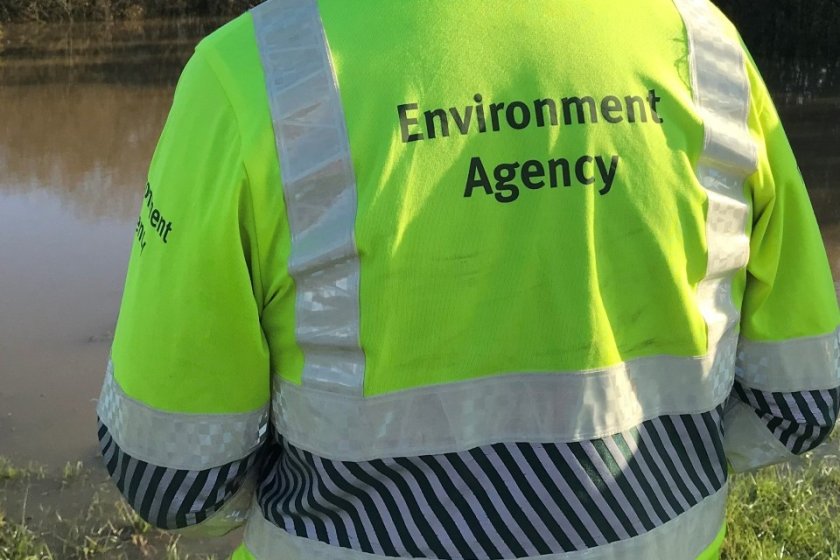
A sharp rise in Environment Agency Farming Rules for Water regulatory inspections is catching many farmers unprepared and uncompliant, experts warn.
H&H Land & Estates says it is helping a growing number of farmers to deal with the outcomes of an Environment Agency (EA) regulatory inspection.
Following a drive to recruit new inspectors, the EA is increasing the number of on-farm visits and many farmers are finding themselves facing the consequences of non-compliance.
In most cases, the consequences of noncompliance are not punitive, but the actions required to meet the regulatory standard can be exhaustive, according to H&H.
The company’s farm business advisor, Hannah Peile is working with a growing number of farmers to prepare for and to deal with the requirements of a Farming Rules for Water inspection.
She suggests that the right preparation can turn an inspection from a threat into an opportunity to drive improvement.
“The Environment Agency is responding to the growing pollution of rivers and watercourses," she explained.
"Their agricultural inspections are monitoring our farmers’ compliance with environmental regulations controlling potential pollution from slurry and silage, or from nitrates and phosphates in the soil.”
Ms Peile is helping one farmer whose silage clamp failed an inspection and here she gives some background.
The EA inspection report in this case specified actions that needed to be taken within a given deadline, and full details of the plans required to bring the clamp up to compliance standard.
This includes site and structural drawings and design drawings to BS5502, materials specification and installers certification if underground tanks are to be used.
If the structure is constructed from earth, the necessary actions will include an analysis of the soil type, depth and permeability and a description of how it will be engineered.
Actions required from other compliance failures could include soil testing on cultivated fields every 3-5 years as part of a full nutrient management plan, slurry storage management plans and manure management plans.
Ms Peile said: “The EA is taking what they describe as an ‘advice-led’ approach, but it is far less stressful and time-consuming to be prepared for an inspection than having to play catch-up after the fact.
"A key part of our support is to create Soil and Nutrient Management Plans that not only pre-empt an EA inspection but also provide the data and the detail required to achieve SFI and other environmental scheme support.
“There are SFI grants available to help farmers create these fundamental plans, and it is part of our service to help make a successful application for relevant funding."
She added: "We would recommend all farmers to be prepared for the EA letter that advises an inspection is imminent, and turn it into a positive step in your plans for an environmentally and commercially sustainable future.”
